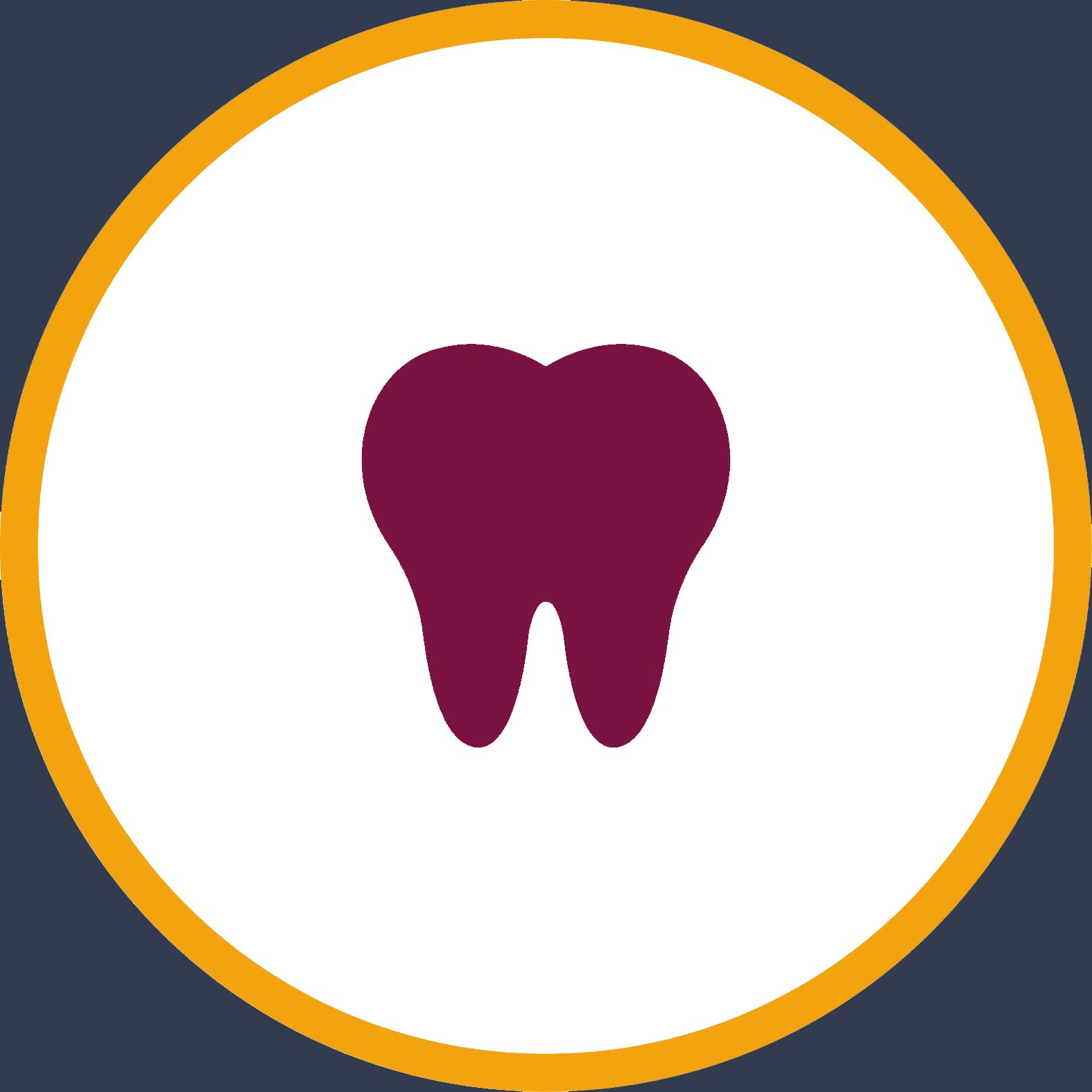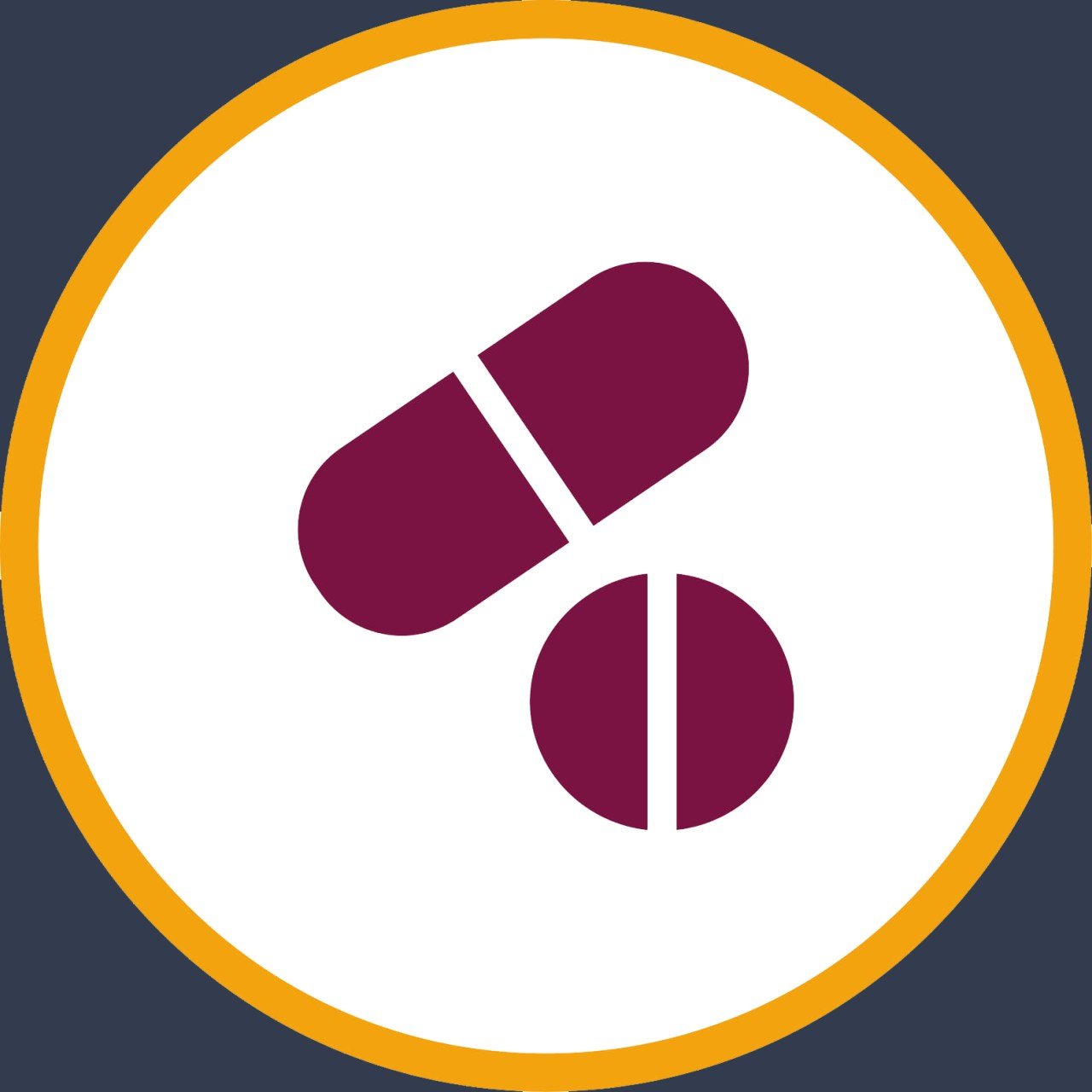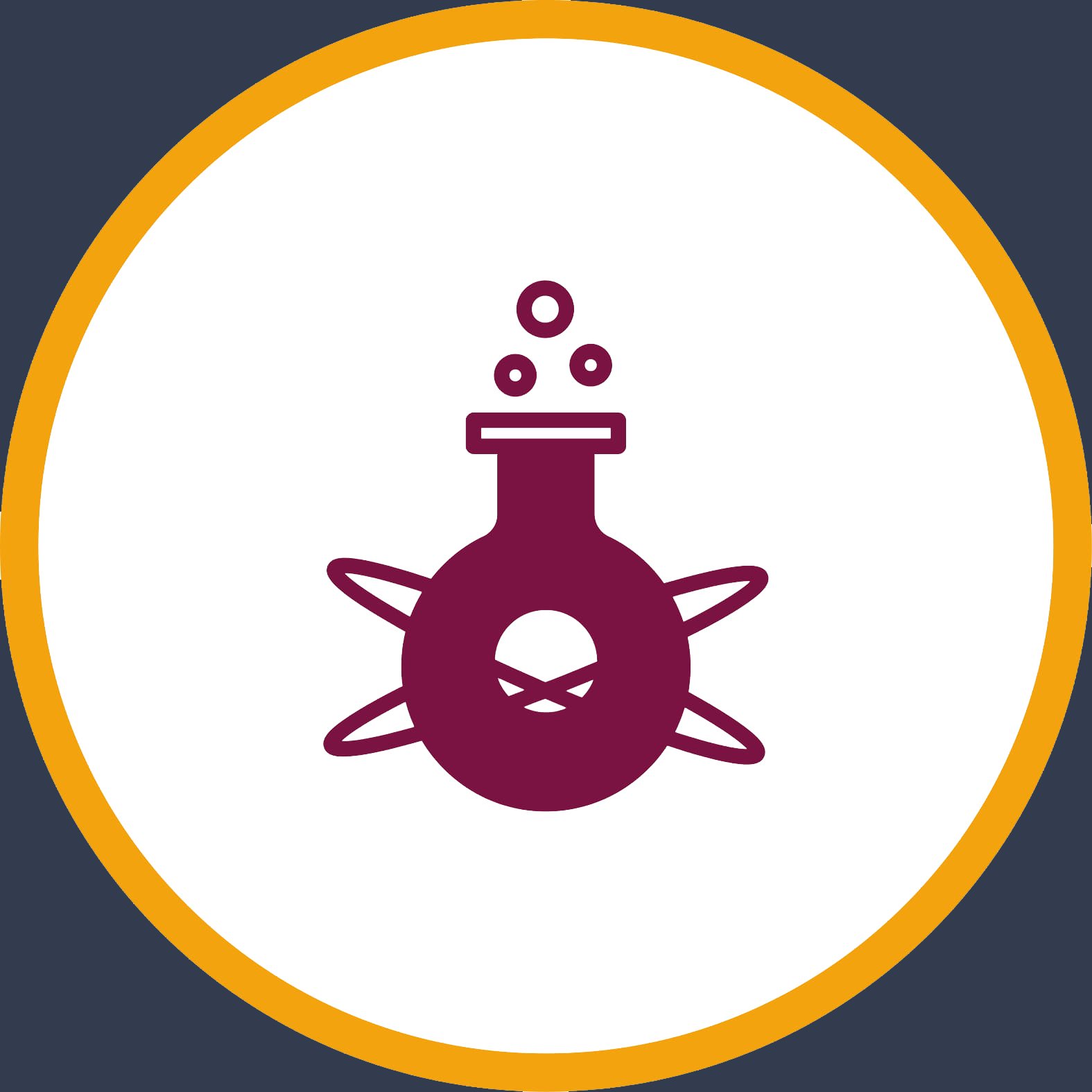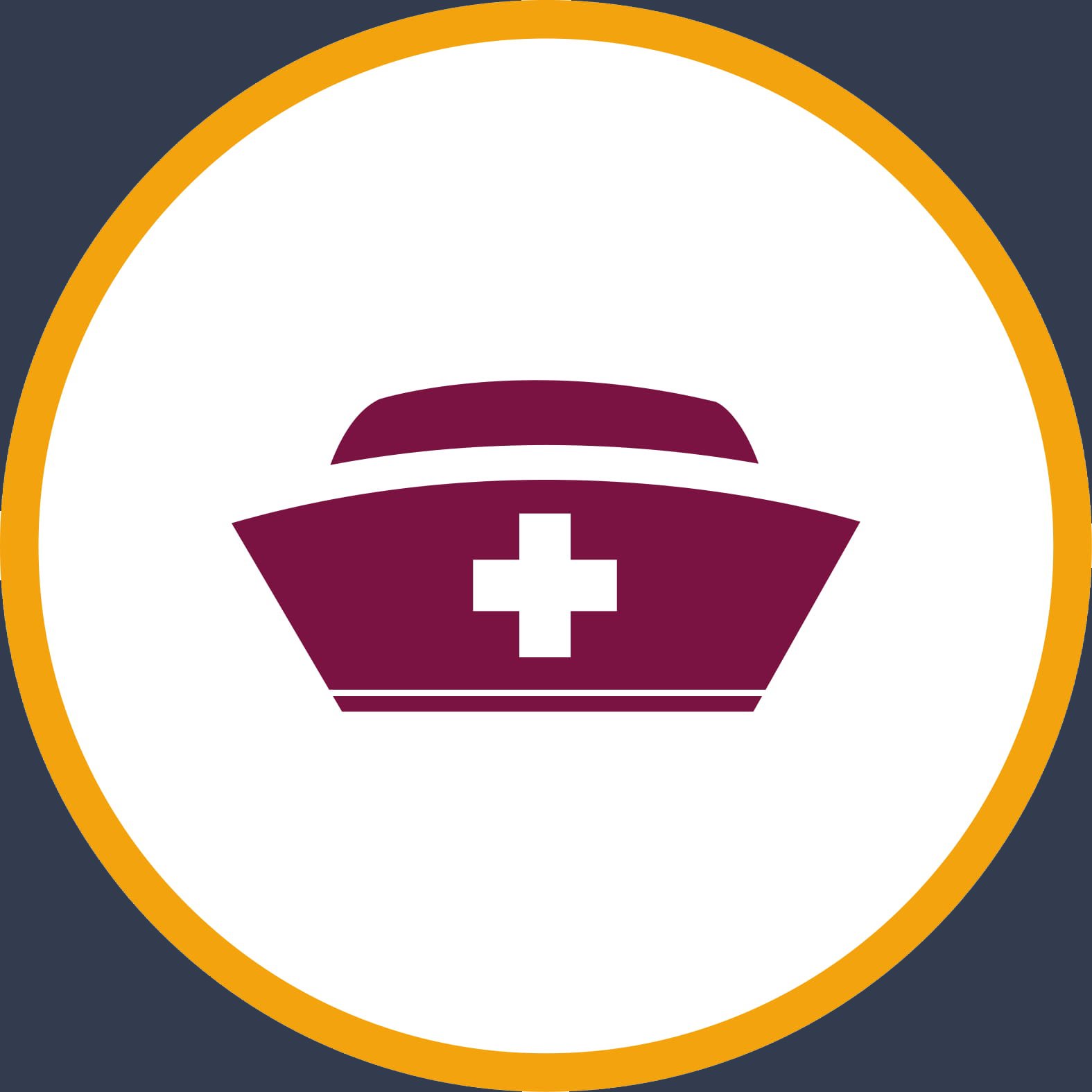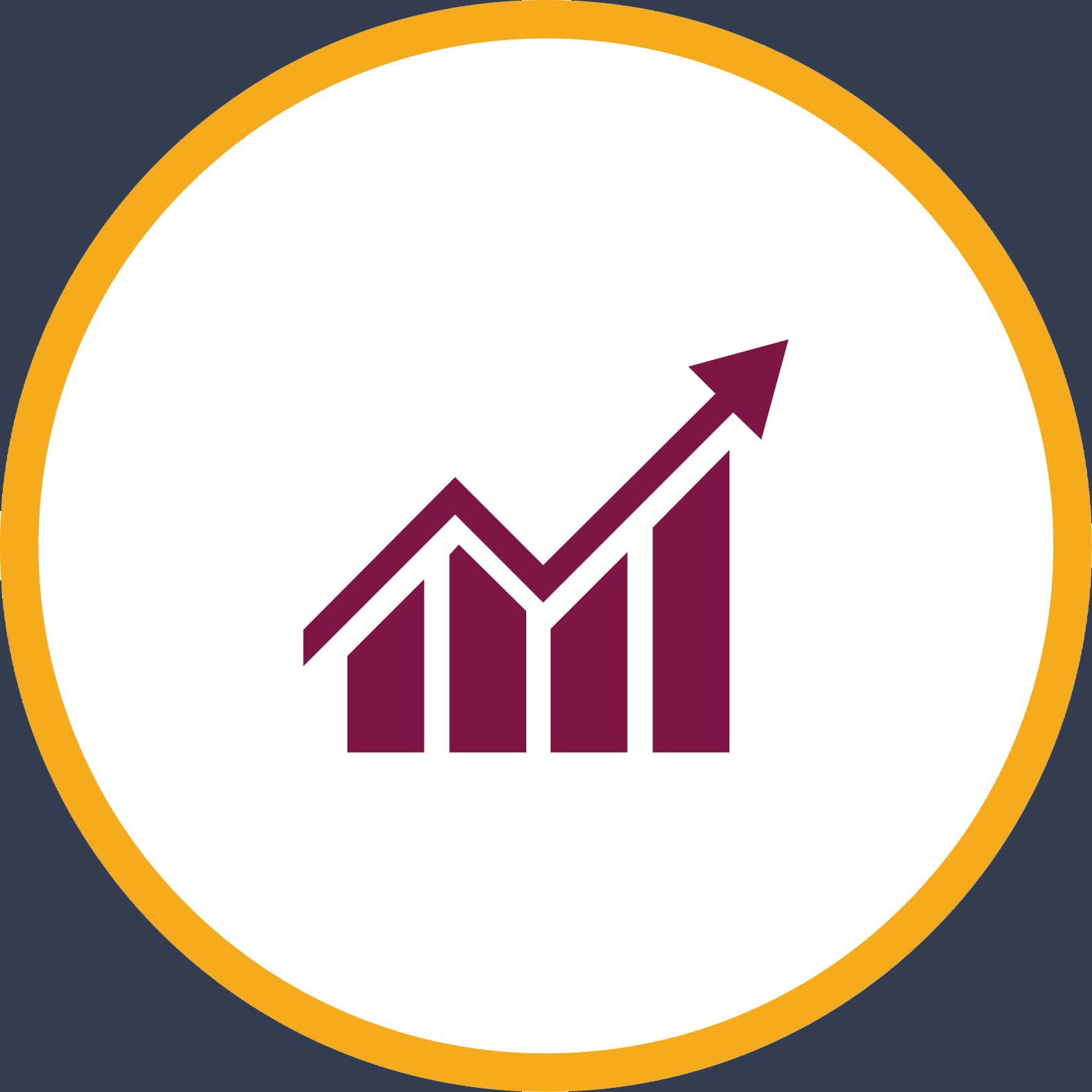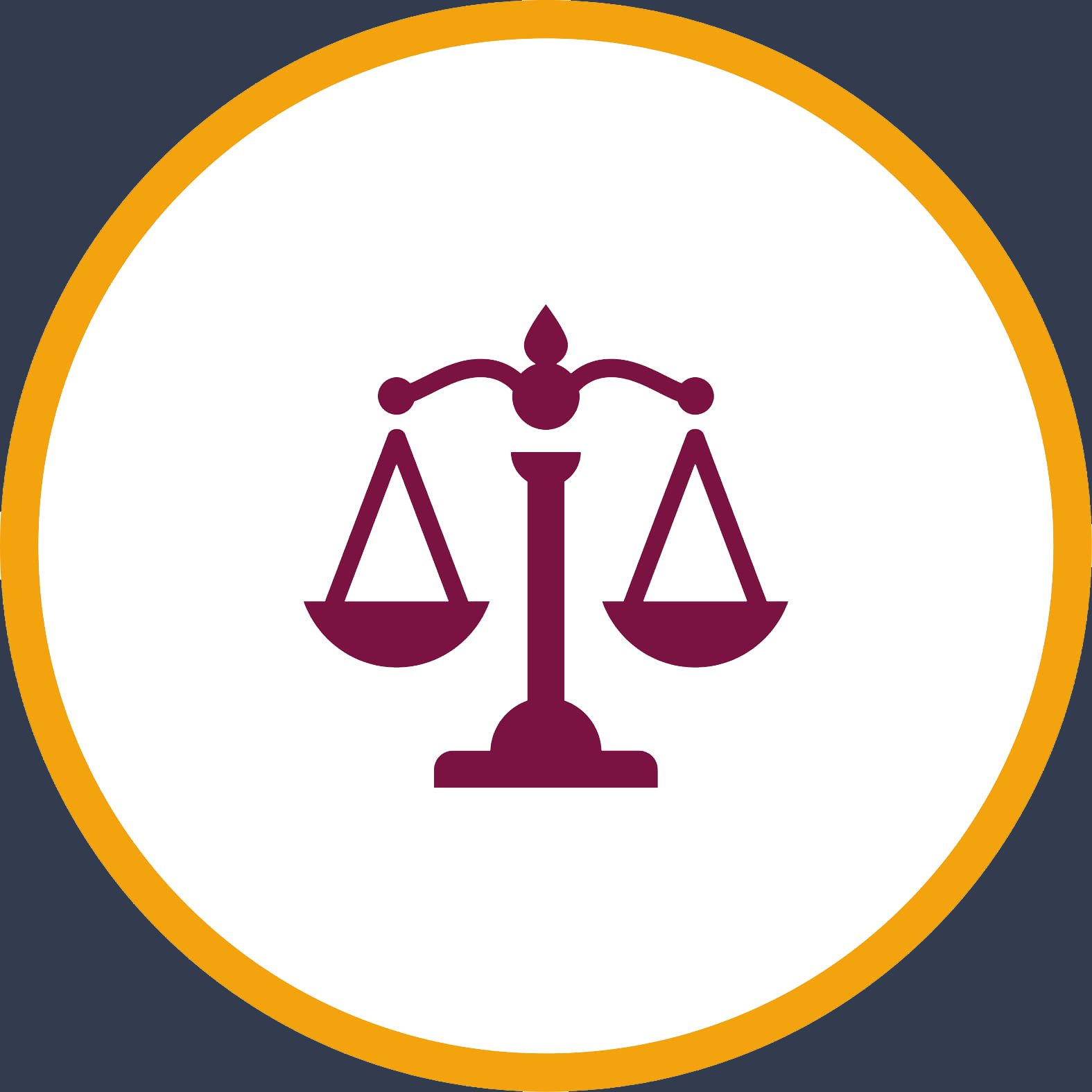Course DescriptionCurriculum
| ACADEMIC YEAR (2020-2021) |
| Department / Course |
| SURG / DBT 101- |
| This course is designed to develop students’ abilities and skills in academic communication and debate. The topics of this course train the students on using sources for academic communication, putting knowledge into good use, and raising academic questions and answering questions in an academic way. The course also aims to teach students how to accept and respect differing opinions, and how to conduct academic arguments. In this course, students are directed to raise questions and analyze academic texts logically and critically, i.e. they are guided to conduct a critical analysis of what they read, and are provided with the opportunity to practice and develop their skills by writing their reflections on the material studied and on their own learning. Moreover, the students will be assisted in this course with considering the problems of their country, and making suggestions to solve problems relying on academic mechanism and methodology. |
| SURG / DBT 102- |
| This course is the continuation of DBT 101. The topics of this course train the students on using sources for academic communication, putting knowledge into good use, and raising academic questions and answering questions in an academic way. The course also aims to teach students how to accept and respect differing opinions, and how to conduct academic arguments. |
| SURG / ELT 103- |
| The course reinforces academic writing skills. In this course students write different types of essays based on the ideas they are exposed to in the reading selections. The emphasis is on the writing process in which students go through many stages from brainstorming and outlining to producing a complete documented piece of writing. |
| SURG / ELT 104- |
| This course is continuation of ELT 103, which is build the oral, reading and writing English skills of non-native speakers of English of Computer and Information Technology department students, in order to prepare for specific academic work in English. It teaches advance level of students the language and skills they need to understand and work in the world of computers. |
| SURG / GEN 100- |
| The foundation English is a course designed to improve the english of the students whom they did not pass in the proficiency English test, therefore, the course will begin simultaneously with their first year classes. |
| SURG / GEN 102- |
| The aim of the foundation course is enhancing students’ language skills and building their vocabulary and grammar knowledge and preparing them to everyday conversations.The students have to participate in all lessons not to fail because of the attendance. |
| SURG / IT 103- |
| This course is designed to make the student familiar with Computer literature. Information Technology Concepts are Introduced with an emphasis on software and hardware utilization. Students will be exposed to a board range of computer Technology and IT topics including; Understanding Computer, Hardware, software, Computer and communication, Multimedia, web pages & Internet, Networking and the role of IT in public life. This course is divided into two sections: a lecture and lab. |
| SURG / KUR 105- |
| The territorial extent of Kurdistan, the ethnic and geographical extent of Kurdistan, Numerical extent of the Kurds, the geography of Kurdistan, Physical aspect, the living landscape and habitat, the human aspect, an anthropological profile of Kurdistan. Origins and pre-Islamic history, the Islamic period up to 1920, from 1920 to the present day, the fundamental structures of Kurdish society, the Kurdish family, tribal organization, language and folklore. |
| SURG / KUR 106- |
| This course is a continuation of Kurdology I. A further study of history of Kurdistan and Kurds as well as major events and figures in after-Islam period. |
| SURG / MATH 101- |
| Preliminary topics which are studied in high school, functions and properties and its graphs, some special functions especially trigonometric functions and their graphs, basic limit applications and differentiations. |
| SURG / MATH 102- |
| Quadratic, Cubic, Exponential Logarithmic and Hyperbolic functions, the inverse of these functions and their graphs, Limits, Continuity and Derivatives and some Applications, the mean-Value theorem of differentiation and its applications, integration which is one of the basic subjects of calculus with definite and indefinite integral, some application of integration. |
| SURG / SGE 101- |
| Introduction, drawing instruments and their uses, layout of drawing sheet, lines, lettering, dimensioning, bisecting a line, arc, and angle, dividing straight line into equal parts, tangent to lines and arcs, construction of pentagon, hexagon, and octagon, inscribing circles inside regular polygons, scale, projection of straight lines (parallel, perpendicular, inclined), true length, inclination, traces of lines. |
| SURG / SGE 102- |
| Projection of plans, types of plans, perpendicular plans, oblique plans, projection of solids, sections of solids, conventions in sectional view drawing, true shape of section, sections of( prisms, cylinders, cones, pyramids, and sphere), intersection of solids, classifications, line of intersection. |
| SURG / SGE 103- |
| Scalars and vectors Motion in one dimension: displacement, velocity, acceleration, motion with constant acceleration, freely falling bodies Motion in two dimensions: projectile motion, circular motion, relative motion Newton’s Laws of Motion: force, equilibrium, three laws of motion, inertial frames, free-body diagrams, friction, gravitation Work and energy: work, kinetic energy, work-energy theorem, conservative and non-conservative forces, potential energy, energy conservation, power Linear momentum and collisions. |
| SURG / SGE 104- |
| Review of procedural programming and introduction to object-based programming using high level compiled and interpreted languages. Binary and ASCII File I/O, use of function libraries and class libraries. Construction of simple classes. Inheritance and polymorphism. Programming for Geomatics Engineering applications. Visualization and data |
| SURG / SGE 105- |
| Basic ideas of probability: Random variables, probability distribution, density functions, marginal and conditional distributions; independence Moments, expectation, variance, covariance, correlation. Some often used distributions: normal, t, chi-square and F distributions; the multinomial distribution. Sampling and sampling distribution: graphical representation, sample statistics for measures of position and spread. Estimation. |
| SURG / SGE 106- |
| Momentum and its conservation, complex bodies, center of mass, elastic and inelastic collisions, impulse-momentum theorem Rigid body rotation: angular velocity and acceleration, rotational kinetic energy and inertia, torque, dynamics of rotation Angular Momentum: conservation of angular momentum, translation and rotation Statics Oscillatory motion: simple harmonic motion, systems that execute simple harmonic motion. |
| SURG / SGE 107- |
| Surveying concept, Definition, performed for, survey measurements, units of measurements, errors in measurements, types of errors, Distance measurement, methods of, linear, optical, electronic, leveling, definition, elevation, datum, vertical line, level line, horizontal line, difference in elevation, curvature and refraction, levels, main components of level, staves, staff reading, setting up the level, leveling between two points, series leveling, definition of ( BM, TBM, BS, IFS, FS,), methods of calculation of elevations, inverted staff reading. Vertical sections, profile, definition, stationing, cross section, definition, stationing along cross section, field work procedure, calculation, plotting profile and cross section. |
| SURG / SGE 108- |
| Consistency, unbiasedness; minimum variance, efficiency and sufficiency, methods of estimation; maximum likelihood, least squares. Confidence intervals. Statistical tests on sample means for s known and unknown, tests concerning variance. Regression: technique of least squares. |
| SURG / SGE 109- |
| History of surveying, Egyptian, Romans, Greek, Middle age, 18th – 19th century, 20th century development. Types of surveying, working stages, measurements in surveying, instruments for survey measurements, precision and accuracy, Geomatics Engineering, photogrammetry, remote sensing, geodesy, astronomy, and geographic information system, geomatics application in engineering. |
| SURG / SGE 110- |
| Contour lines, definition, vertical interval, characteristics of contour lines, use of contour plans, methods of contouring (direct, indirect), plotting contour lines. Angles and theodolites, definition of angle, types of angles, unites of angle measurements, theodolites, types of, main components of, types of (optical, electronic), circle reading, |
| SURG / SGE 111- |
| Functions, limits and continuity, the derivative integration, definite integrals, indefinite integrals, fundamental theorem of calculus, mean value theorm, integral, area, volume of solid revolution, arc length, surface area. |
| SURG / SGE 112- |
| Quadratic, Cubic, Exponential Logarithmic and Hyperbolic functions, the inverse of these functions and their graphs, Limits, Continuity and Derivatives and some Applications, the mean-Value theorem of differentiation and its applications, integration which is one of the basic subjects of calculus with definite and indefinite integral, some application of integration. |
| SURG / SGE 113- |
| Scalars and vectors Motion in one dimension: displacement, velocity, acceleration, motion with constant acceleration, freely falling bodies Motion in two dimensions: projectile motion, circular motion, relative motion Newton’s Laws of Motion: force, equilibrium, three laws of motion, inertial frames, free-body diagrams, friction, gravitation Work and nergy: work, kinetic energy, work-energy theorem, conservative and non-conservative forces, potential energy, energy conservation, power Linear momentum and collisions. |
| SURG / SGE 114- |
| The course demonstrates the surveying concepts, and its role in different aspects of Geomatics Engineering, regarding data collections in the field for design purposes, and setting out. The students will learn how to use some surveying instruments and techniques for measuring distances, angles, and elevations. The course include methods of related calculations required, and plotting of profiles, cross sections, and contour lines. The courses also include practical exercises in the field, were the students use the instruments in their own and take the required measurements. |
| SURG / SGE 201- |
| Computer in numerical work; Solution of equations in one variable; Polynomials and interpolation using Lagrange and difference methods; Curve fitting using cubic splines.; Fourier methods in frequency response of time series analysis.; Discrete and fast Fourier transforms.; Numerical differentiation and integration.; Solution of ordinary differential equations using Euler and Rung-Kutta for initial value problems. |
| SURG / SGE 202- |
| Extend to consider second order ODE’s and coupled first order.; Solution of systems of linear equations through elimination and iterative methods; LU factorization and Cholesky applied to least squares adjustment.; LUf actorisation applied to matrix inversion and assessment of system condition. |
| SURG / SGE 203- |
| Familiarization with Surveying and Geometrics engineering methodologies and estimation. Classes and combination of mathematical models. Least squares method: parametric, condition and combined cases. Problem formulation and solution: theory of errors and adjustment of observations, analysis of trend, problems with a priori knowledge of the parameters, step by step methods, sequential solution methods, summation of normal. Introduction to univariate and multivariate statistical testing applied to Geomatics engineering problems. |
| SURG / SGE 204- |
| Familiarization with Geomatics engineering methodology and estimation. Classes and combination of mathematical models. Least squares method: parametric, condition and combined cases. Problem formulation and solution: theory of errors and adjustment of observations, analysis of trend, problems with a priori knowledge of the parameters, step by step methods, sequential solution methods, summation of normals. Introduction to univariate and multivariate statistical testing applied to Geomatics engineering problems. |
| SURG / SGE 205- |
| Overview of maps; Analysis of map projection characteristics with equal-area, equi-distance and conformal projections, examples and exercises; studying the concepts of distortion and scale factor; Conformal mapping of the biaxial ellipsoid onto a plane: Mercator, Transverse Mercator, Lambert Conformal Conic and Stereographic, examples and exercises; map accuracy, design compilation, projections, editing & reproduction. |
| SURG / SGE 206- |
| Engineering use of cartographic data; map updating and completion; Map drawing; graphic design considerations in map making and governing factors, graphic elements, including color, topography, generalization, production planning and control; introduction to computer-assisted cartography: objectives, hardware, software; applications of map projections in Iraq |
| SURG / SGE 207- |
| Land tenure, cadastral systems, real property law, methods of acquiring rights in land, boundary concepts, cadastral survey computations, land registration systems, entity relationship models of land tenure systems, case law of boundary systems. History of cadastral systems, land administration, fiscal and juridical cadastres, dominion land systems. |
| SURG / SGE 208- |
| land registration in Iraq, special types of surveys relating to Lands, structure of professional bodies. Cadastral Systems, cadastral data, land registration, data structures and schemas for land administration information, ISO standards, evolutionary models, land tools, effectiveness metrics. |
| SURG / SGE 209- |
| Introduction data processing, main concepts about drawing, modify, drawing, dimensions. layers and properties, modeling, geometry, projects, points, editing points, point, groups, import/export points, lines & curves, labels, alignments, terrain, contours, site definition, profiles, cross sections, sheet manager, land desktop. |
| SURG / SGE 210- |
| How maps are prepared, sources and types of data, digital map data, Digital elevation Model, land cover maps, digitized maps, remote sensing, point clouds, field measurements, 3D visualization, 2D maps, scale, datum, projections, contouring, Digital Terrain Models, association of coordinate systems to maps. |
| SURG / SGE 211- |
| Methods of coordinate determination, traversing, triangulation, intersection, trilateration, resection, equal shift adjustment, control surveys. Total Station, components, operational procedures, measurements by Total Station. |
| SURG / SGE 212- |
| Area determination, trapezoidal rule, Simpson rule, coordinate method, volumes, from cross sections, volumes in transition, curvature correction, volumes from contour lines, volumes from spot heights. Curves, horizontal curves, vertical curves, spiral curves, obstacles, layout. |
| SURG / SGE 213- |
| Instrument systems and procedures for engineering and geodetic surveys: precise levels, high-precision theodolites, electronic distance measurement instruments, gyro-theodolites. Heighting, , observation procedures and reductions, introductory deformation analysis, error analysis, survey computations, heighting using satellite systems. |
| SURG / SGE 214- |
| Survey instruments calibrations, levels, theodolites, total stations, documentation by total station, map preparation methods. |
| SURG / SGE 215- |
| This course will provide basic German language skills for non-native German language speakers. Emphasis is placed on development of integrated language skills for use in daily conversation. The course starts with introduction of the language and its importance nowadays. As well as, this course will provide a language proficiency in speaking, listening, reading, and writing for students in order to communicate in German freely about the basics. |
| SURG / SGE 218- |
| This course introduces music, and the importance of music in human life also traces the main elements of music, and how they develop and change throughout history. The course focuses on the music types, styles of music, musical instruments, explanation about rhythm, pitch, keyboard, scales, and chords. |
| SURG / SGE 220- |
| Survey instruments’ tests and calibration, levels, theodolites, total stations, parts and components, principle of working instruments, documentation by total station, more precise and advanced instruments like GNSS receiver and laser scanner. |
| SURG / SGE 301- |
| Overview of maps; Analysis of map projection characteristics with equal-area, equidistance and conformal projections, examples and exercises; studying the concepts of distortion and scale factor; Conformal mapping of the biaxial ellipsoid onto a plane: Mercator, Transverse Mercator, Lambert Conformal Conic and Stereographic, examples and exercises; map accuracy, design compilation, projections, editing & reproduction |
| SURG / SGE 302- |
| Engineering use of cartographic data; map updating and completion; Map drawing; graphic design considerations in map making and governing factors, graphic elements, including color, topography, generalization, production planning and control; introduction to computer-assisted cartography: objectives, hardware, software; applications of map projections in Iraq |
| SURG / SGE 303- |
| Photogrammetric principles, systems and products. Fundamental photo and model space coordinate systems. Photogrammetric measurement and refinement. Geometry of vertical, tilted and stereoscopic aerial photographs. Direct and inverse coordinate transformations. Photo mosaicking techniques. Co-linearity and co-planarity conditions. Interior, exterior, relative and absolute orientations. Principles of analytical and digital rectification, DEM generation and ortho-rectification. Concepts of aero-triangulation. Flight project planning. |
| SURG / SGE 304- |
| SURG / SGE 305- |
| Techniques and procedures used in the field of construction for layout in Horizontal and vertical plane, used of methods procedures, and instruments for different case of layout of buildings, canals, roads, pipe line, infrastructures.. etc. |
| SURG / SGE 307- |
| Introduction to geodesy. Ellipsoid and Geoid. Geoid undulations and deflection of the vertical. The best fitting Spheroid. The geometry of the ellipsoid and geoid. Ellipsoid and astronomical latitude and longitude. The geodetic lines. Adoption of formula from sphere to spheroid, Cartesian co-ordinates. Conversion of Cartesian co-ordinates into latitude and longitude and the inverse problem. Geodetic datum’s. Determination of azimuth. Observation techniques. Roelof’s solar prism,. Computation of azimuths. Hour angle and altitude methods. Astronomical determination of latitude and longitude. |
| SURG / SGE 308- |
| This course describes the use of the GNSS receiver instrument for coordinate determination and focuses on methods of GNSS surveying, such as (static method for establishing control points and Real-Time Kinematic (RTK)) for data collection and data layout. The course also covers data processing and data analyzing using Leica infinity software. |
| SURG / SGE 309- |
| A course that describes the GNSS systems, and satellite based positioning, GNSS constellations, Error sources, and error solutions techniques, its application and role in engineering and construction, and principles of GNSS surveying. |
| SURG / SGE 310- |
| Introduction to the major categories of digital image processing, Digital image fundamentals, perception, discrimination, and sampling; Image transforms using FFT Fourier Algorithm, Image rectification and restoration. Image enhancement, filtering and multi-image manipulation, image encoding, image segmentation and description, Image matching and data merging, image processing using Photoshop. |
| SURG / SGE 311- |
| Introduction to Geospatial Information Systems and Geographic Information Science, Georelational vector data model, object-based vector data model, raster data model, map projections, geodetic datums, co-ordinate systems, georeferencing. |
| SURG / SGE 312- |
| Students of the third year must go to an establishment within their specialty during the July of that year and practice for one month what they studied in the department. |
| SURG / SGE 313- |
| Introduction (General and phases of construction of the project, the engineer & construction, the construction industry, contract types, performance bond, contractor types, Roles of Engineers and Contractors in the construction economy). Project Planning and Scheduling(General information, construction activities, methods of scheduling: project network analysis (CPM): 1. the activity-on-arrow (AOA) type commonly called arrow diagramming. the activity–on–node (AON) type commonly called precedence diagramming, The time-grid diagram method, PERT, Gantt (bar-chart) diagram, Resource allocation, a Computer program(Microsoft Project Management OR Primavera program)). Estimating of Quantities in Civil Works (General, purposes of estimate, types of estimate, Detailed estimate, Quantity estimate (of construction materials), Road works, Irrigation works). Selection of Construction Equipment and Equipment Cost (Introduction, standard and special types of equipment, owing and operating costs, depreciation, and methods of depreciation). Earthmoving Materials and Operations (Introduction, production of earthmoving equipment, soil volume-change characteristics). |
| SURG / SGE 401- |
| Water levels and flow. Mean Sea Level, tide gauges, determination of MSL underwater acoustics including velocity and system parameters. Sonar and echo sounder systems. |
| SURG / SGE 403- |
| Electromagnetic radiation properties, interaction with the atmosphere and earth features. Remote sensing sensors and systems. Multi-spectral image processing: geometric and radiometric image correction, image enhancement. Thematic information extraction. Applications in the environment and natural resource management. |
| SURG / SGE 405- |
| Engineering project development; decision making; basic concepts of capital investment, formulas, and applications; rates of return; economic feasibility of projects (net future value, net present value, and equivalent uniform cash flow). comparison of mutually exclusive proposals; benefit-cost ratio method; depreciation; corporate taxation; resource allocation, optimization process, and linear programming. |
| SURG / SGE 407- |
| Individual project in the student’s area of specialization under the guidance of the student’s supervisor. A written proposal, one or more written progress reports, and a final written report are required. An oral presentation is required upon completion of the course. |
| SURG / SGE 410- |
| Introduction to transportation systems. Modes of transportation, urban transportation. Highway planning and surveys. Highway financing and economy, principles of the highway location. Studies and planning of transportation. Planning of urban roads. Intersections. Road user, vehicle and road characteristics, volume speed, travel time, and delay studies. Channelization of traffic. Traffic control devices, intersection design, traffic signs and marking, and traffic signals. Parking and terminals. Introduction to the airport and railroad engineering. |
| SURG / SGE 411- |
| The course focuses on topics that would make students qualified in understanding city planning types and layouts. The lectures were composed of Introduction, City Forms, Urban Zones and Street Patterns, Movement Networks, Effects of Street Pattern on Frequency of Traffic Crash, Elements of Urban Form, and Principles and Rules of Urban Planning. |
| SURG / TUR 121- |
| Yeryüzündeki diller ve dil aileleri, Türkçenin dünya dilleri arasındaki yeri, konuşma dili, yazı dili, Sesin tanımı, türleri ve sınıflandırılması, Türkçedeki sesler ve özellikleri, Türkçe sözlerin özellikleri, Türkçe sözlerdeki ses değişimleri, Türkçe sözlerin yapı özellikleri, Konuşmadaki uyum ve ritm, kurallı ve anlamlı cümle kurma teknikleri… |
| SURG / TUR 122- |
| Yeryüzündeki diller ve dil aileleri, Türkçenin dünya dilleri arasındaki yeri, konuşma dili, yazı dili, Sesin tanımı, türleri ve sınıflandırılması, Türkçedeki sesler ve özellikleri, Türkçe sözlerin özellikleri, Türkçe sözlerdeki ses değişimleri, Türkçe sözlerin yapı özellikleri, Konuşmadaki uyum ve ritm, kurallı ve anlamlı cümle kurma teknikleri… |
The curriculum of the Surveying and Geomatics Engineering Department.
First Grade
Fall Term / First Semester
| Code | Course Name | Theory | Practice | Credit | ECTS |
|---|---|---|---|---|---|
| SGE 101 | Engineering Drawing I | 1 | 3 | 3 | 4 |
| SGE 111 | Calculus I | 4 | 0 | 4 | 5 |
| SGE 109 | Introduction to Surveying and Geomatics | 2 | 0 | 2 | 3 |
| SGE 113 | Engineering Physics | 2 | 0 | 2 | 3 |
| IT 103 | Introduction to IT | 1 | 2 | 3 | 4 |
| DBT 101 | Academic Debate and Critical Thinking I | 2 | 0 | 2 | 2 |
| ELT 103 | Advanced English | 3 | 0 | 3 | 4 |
| KUR 105 | Kurdology 1 | 2 | 0 | 2 | 2 |
| Non-Technical Elective I/English Foundation | 2 | 0 | 2 | 3 | |
| TOTAL | 20 | 5 | 23 | 30 |
First Grade
Spring Term / Second Semester
| Code | Course Name | Theory | Practice | Credit | ECTS |
|---|---|---|---|---|---|
| SGE 102 | Engineering Drawing II | 1 | 3 | 3 | 4 |
| SGE 112 | Calculus II | 4 | 0 | 4 | 5 |
| SGE 114 | Fundamentals of Surveying | 2 | 3 | 4 | 5 |
| SGE 104 | Computer programming and CAD | 2 | 2 | 3 | 4 |
| DBT 102 | Academic Debate and Critical Thinking II | 2 | 0 | 2 | 3 |
| ELT 104 | Technical English | 3 | 0 | 3 | 4 |
| KUR 106 | Kurdology II | 2 | 0 | 2 | 2 |
| Non-Technical Elective II/Advanced English | 2 | 0 | 2 | 3 | |
| TOTAL | 18 | 8 | 23 | 30 |
Second Grade
Fall Term / Third Semester
| Code | Course Name | Theory | Practice | Credit | ECTS |
|---|---|---|---|---|---|
| SGE 203 | Theory of Errors | 2 | 0 | 2 | 4 |
| SGE 201 | Engineering Analysis I | 2 | 0 | 2 | 4 |
| SGE 207 | Land Law and Cadastral Survey | 2 | 2 | 3 | 4 |
| SGE 209 | Computer Mapping I | 2 | 2 | 3 | 4 |
| SGE 211 | Engineering Surveying I | 4 | 3 | 5 | 6 |
| SGE 213 | Basic Survey Instruments | 2 | 2 | 3 | 5 |
| Non-Technical Elective I | 2 | 0 | 2 | 3 | |
| TOTAL | 16 | 9 | 20 | 30 |
Second Grade
Spring Term / Fourth Semester
| Code | Course Name | Theory | Practice | Credit | ECTS |
|---|---|---|---|---|---|
| SGE 216 | Engineering Statistics | 3 | 0 | 3 | 4 |
| SGE 204 | Survey Adjustments | 3 | 0 | 3 | 4 |
| SGE 202 | Engineering Analysis II | 2 | 0 | 2 | 4 |
| SGE 210 | Computer Mapping II | 2 | 2 | 3 | 4 |
| SGE 212 | Engineering Surveying II | 4 | 3 | 5 | 6 |
| SGE 214 | Precise Survey Methods | 2 | 2 | 3 | 5 |
| Non-Technical Elective II | 2 | 0 | 2 | 3 | |
| TOTAL | 18 | 7 | 21 | 30 |
Third Grade
Fall Term / Fifth Semester
| Code | Course Name | Theory | Practice | Credit | ECTS |
|---|---|---|---|---|---|
| SGE 301 | Map Projection | 2 | 0 | 2 | 3 |
| SGE 303 | Photogrammetry I | 2 | 2 | 3 | 4 |
| SGE 305 | Construction Surveying I | 2 | 3 | 4 | 4 |
| SGE 307 | Geometrical Geodesy | 2 | 3 | 4 | 5 |
| SGE 309 | Global Navigation Satellite System (GNSS) | 2 | 3 | 4 | 5 |
| SGE 311 | Geographic Information System (GIS) | 2 | 2 | 3 | 4 |
| Technical Elective | 3 | 0 | 3 | 5 | |
| TOTAL | 15 | 13 | 23 | 30 |
Third Grade
Spring Term / Sixth Semester
| Code | Course Name | Theory | Practice | Credit | ECTS |
|---|---|---|---|---|---|
| SGE 302 | Digital Cartography | 2 | 3 | 4 | 5 |
| SGE 304 | Photogrammetry II | 2 | 2 | 3 | 4 |
| SGE 306 | Construction Surveying II | 2 | 3 | 4 | 5 |
| SGE 308 | Methods of GNSS Surveys | 2 | 3 | 4 | 6 |
| SGE 310 | Digital Image Processing | 2 | 3 | 4 | 5 |
| SGE 312 | Summer Training | 0 | |||
| Technical Elective | 3 | 0 | 3 | 5 | |
| TOTAL | 13 | 14 | 22 | 30 |
Fourth Grade
Fall Term / Seventh Semester
| Code | Course Name | Theory | Practice | Credit | ECTS |
|---|---|---|---|---|---|
| SGE 401 | Hydrographic Surveying I | 2 | 2 | 3 | 6 |
| SGE 403 | Remote Sensing I | 2 | 2 | 3 | 6 |
| SGE 405 | Engineering Economics | 2 | 0 | 2 | 3 |
| SGE 407 | Research Method | 3 | 0 | 3 | 5 |
| Technical Elective | 3 | 0 | 3 | 5 | |
| Technical Elective | 3 | 0 | 3 | 5 | |
| TOTAL | 15 | 4 | 17 | 30 |
Fourth Grade
Spring Term / Eighth Semester
| Code | Course Name | Theory | Practice | Credit | ECTS |
|---|---|---|---|---|---|
| SGE 402 | Hydrographic Surveying II | 2 | 2 | 3 | 6 |
| SGE 404 | Remote Sensing II | 2 | 2 | 3 | 6 |
| SGE 406 | Engineering Management | 2 | 0 | 2 | 3 |
| SGE 408 | Research Project | 1 | 3 | 3 | 5 |
| Technical Elective | 3 | 0 | 3 | 5 | |
| Technical Elective | 3 | 0 | 3 | 5 | |
| TOTAL | 13 | 7 | 17 | 30 |

